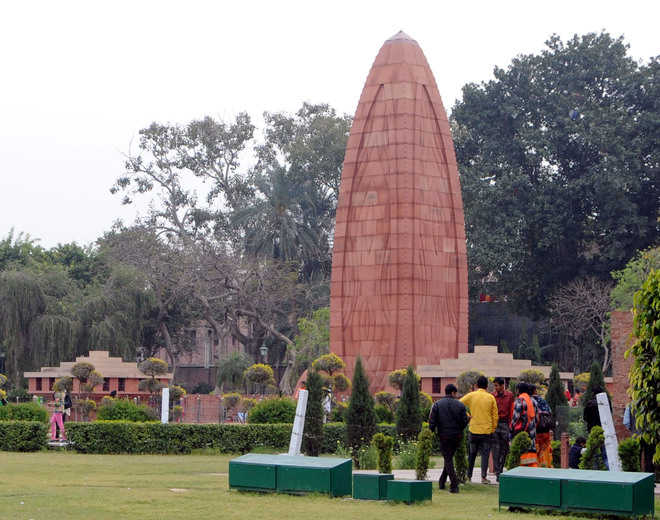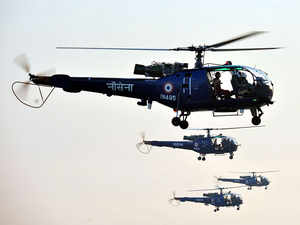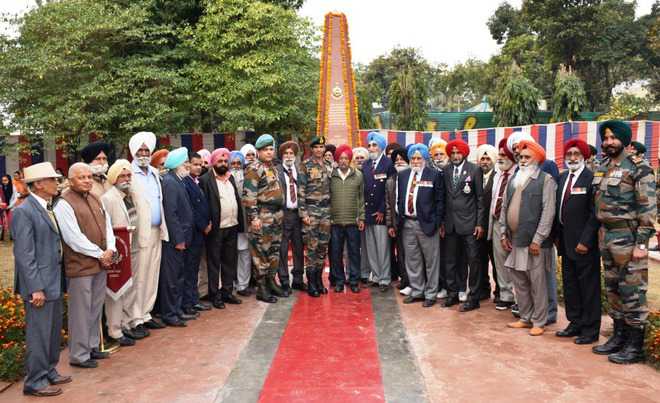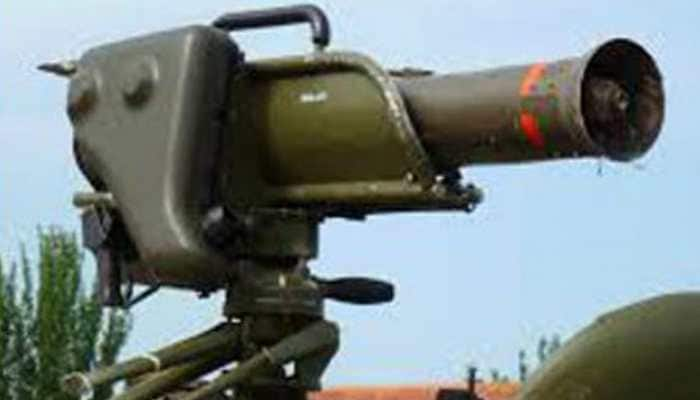
Vishav Bharti
Tribune News Service
Chandigarh, February 10
The 1919 Jallianwala Bagh massacre in Amritsar was not an isolated incident or the outcome of a brutal mindset, but a “calculated move to strike terror” among the masses, says a new book by a British historian.
To be released on Tuesday, Jallianwala Bagh: An Empire of Fear and The Making of A Massacre by Kim A Wagner argues that demonstrations of violence were intrinsic to the colonial encounter not just in British India, but also Asia, Africa and the Middle East.
The book is based on a range of material from diaries and letters to court testimonies. Wagner observes that the story of Jallianwala Bagh is also the story of a particular colonial mindset haunted by the spectre of the ‘Mutiny’ or the First War of Independence.
“After 1857, the British in India did not respond to local unrest as much as to what they imagined that unrest was or could become — hence the consistent disproportionality of violence on the part of the colonial regime. The Amritsar massacre was accordingly both retributive and pre-emptive: Dyer took revenge for the attacks on Europeans, including Miss Sherwood [a missionary teacher attacked in Amritsar], during the riots three days earlier, but he also acted to prevent a much bigger outbreak that he believed to be imminent.”
He writes that at Amritsar, Dyer had simply followed the example of so many colonial officials before him, including Frederick Henry Cooper, Amritsar DC during the 1857 rebellion, or L Cowan, who ordered Kukas to be blown from guns in 1872.
Both had resorted to “exemplary and indiscriminate violence when faced with rebellion and anti-colonial unrest”. Wagner says that rather than an exceptional episode, “in singular and sinister isolation”, the Amritsar massacre revealed the inner workings, and the imagined vulnerability, of the British colonial rule in India.
Colonial punishment, Wagner observes, had little to do with justice, and that the suppression of the unrest in Punjab in 1919 exposes the fundamental lie about the pre-eminence of the rule of law in British India in the most glaring fashion.
“A week after the massacre at Jallianwala Bagh, on 21 April 1919, Lieutenant Governor Michael O’Dwyer made a remarkable statement when defending Dyer’s actions to Viceroy Chelmsford: ‘The Amritsar business cleared the air, and if there was to be a holocaust anywhere, and one regrets that there should be, it was best at Amritsar. O’Dwyer was here using the word ‘holocaust’ in its literal sense of a ‘burnt offering’ – as a sacrifice. The crowd at Jallianwala Bagh, in other words, had to be sacrificed to produce the necessary effect, ‘clearing the air’, and preventing a second ‘Mutiny’.”
The book finds that Amritsar massacre was just in continuity of what the British were doing to the local populations, variously described as ‘tribal’, ‘savage’ or ‘fanatic’, on the North-West Frontier in Afghanistan, in Sudan or throughout parts of Africa and elsewhere.
They routinely massacred locals with machine guns, drove off cattle and burned villages in demonstrative displays of power. “What became known as ‘savage warfare’ was not simply shaped by the tactical necessities of asymmetric fighting against irregular enemies, but was based on deeply encoded assumptions concerning the inherent difference of local opponents.”







































































